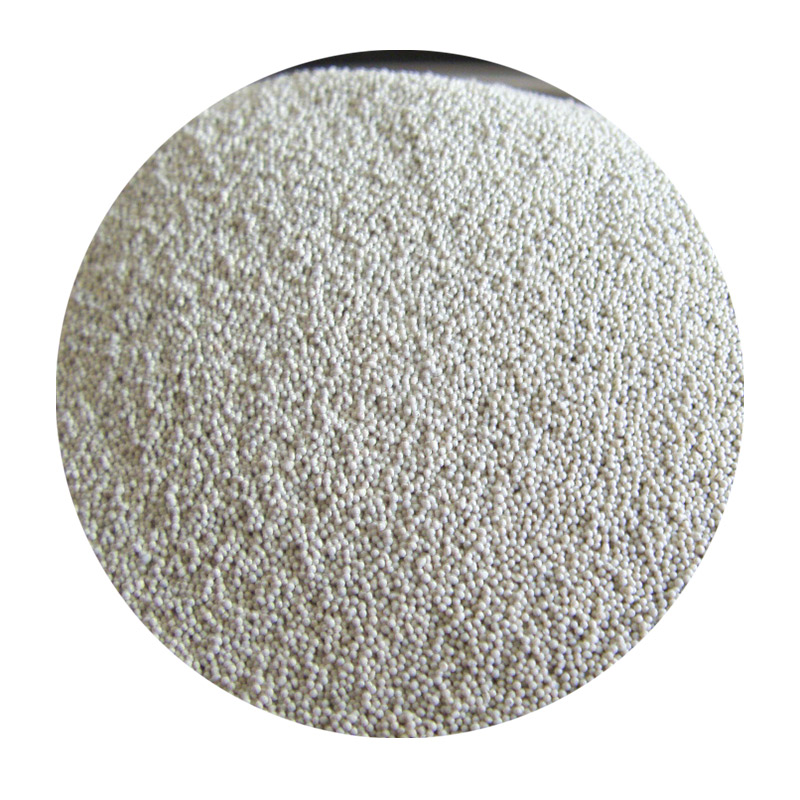The Art and Science of Large Sand Casting
Large sand casting is a pivotal manufacturing process that combines artistry with engineering precision, allowing for the creation of complex metal parts used in an array of industries. From aerospace to automotive, large sand casting plays a critical role in producing components that are not only functional but also durable.
At its core, large sand casting involves creating molds from a mixture of sand and adhesive binders. The first step in the process is to design the mold, which is often made in two halves to facilitate the easy extraction of the final casting. The mold's design accounts for the intricacies of the part to be cast, including any necessary allowances for shrinkage and machining.
One of the key advantages of sand casting is its flexibility. It allows for the casting of intricate shapes and sizes that would be difficult or impossible to achieve with other methods, such as die casting. The ability to use a variety of alloys in the casting process, including aluminum, iron, and bronze, further enhances its versatility.
large sand casting

Once the mold is prepared, molten metal is poured into it. The heat causes the sand to form a robust shell around the cast, which enhances the final product's strength. After cooling, the molds are removed to reveal the newly formed shape, which may require further machining to meet the required specifications.
Quality control is critical in large sand casting. Manufacturers implement rigorous testing protocols to ensure that the final product meets industry standards for strength, composition, and surface finish. Techniques such as ultrasonic testing, x-ray inspection, and metallographic analysis are commonly employed to detect any defects within the casting.
Another important aspect of large sand casting is its environmental impact. Fortunately, advancements in technology have led to the development of more sustainable practices. Reusable sand and efficient recycling processes not only minimize waste but also help to reduce the overall carbon footprint associated with metal casting.
In conclusion, large sand casting is an essential process in modern manufacturing, providing industries with the ability to create complex, high-quality metal components. Its combination of flexibility, strength, and sustainability makes it an invaluable technique in the pursuit of innovation and efficiency. As technology continues to evolve, the future of large sand casting looks promising, paving the way for new applications and opportunities in the manufacturing landscape.
Post time:Nov . 06, 2024 19:18
Next:Key Components and Processes in Sand Casting Techniques for Metalworking
